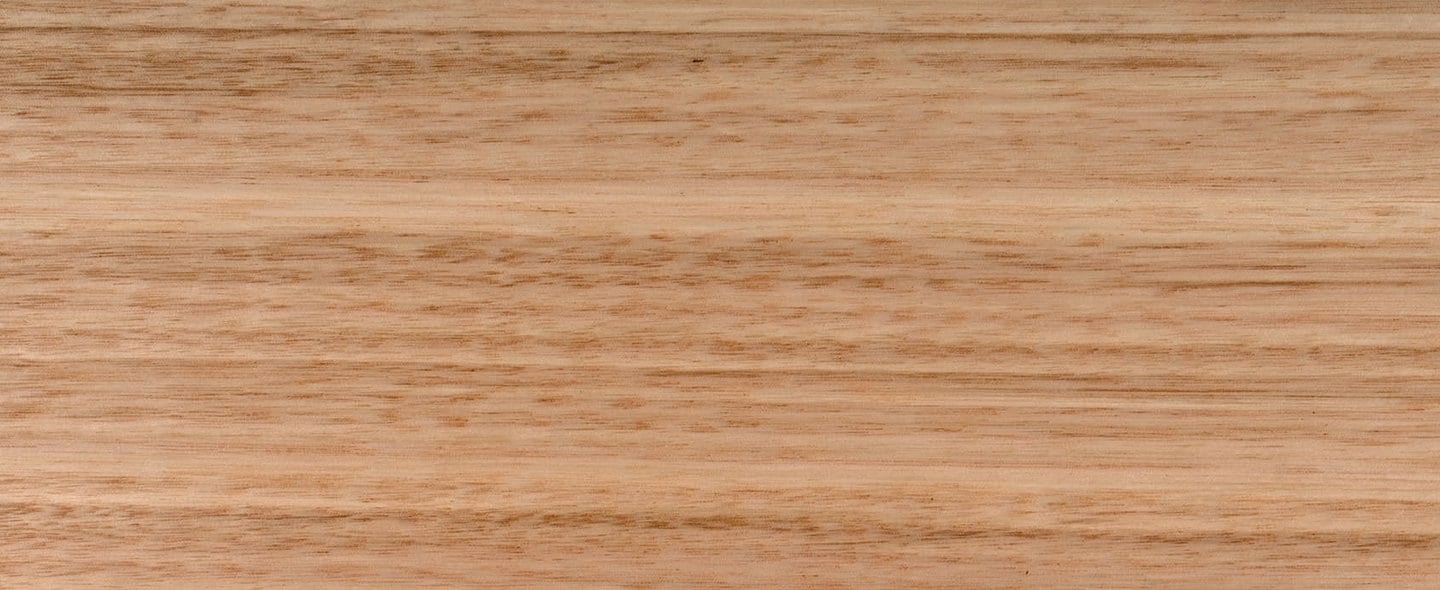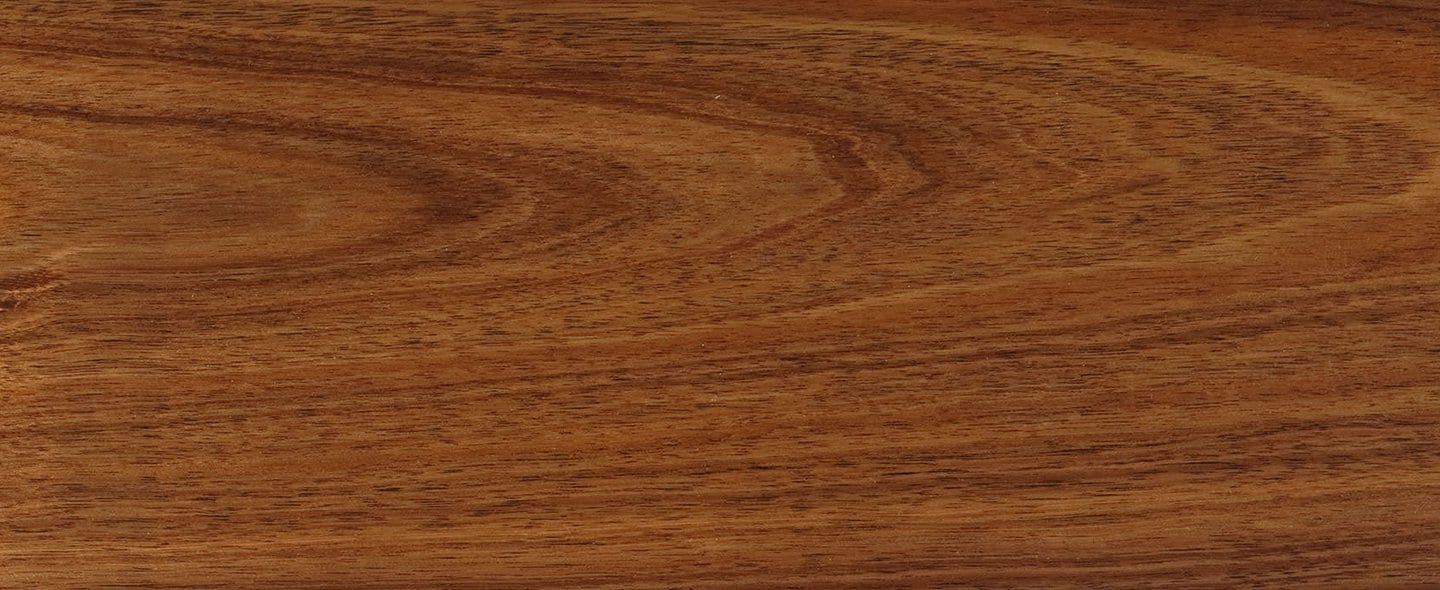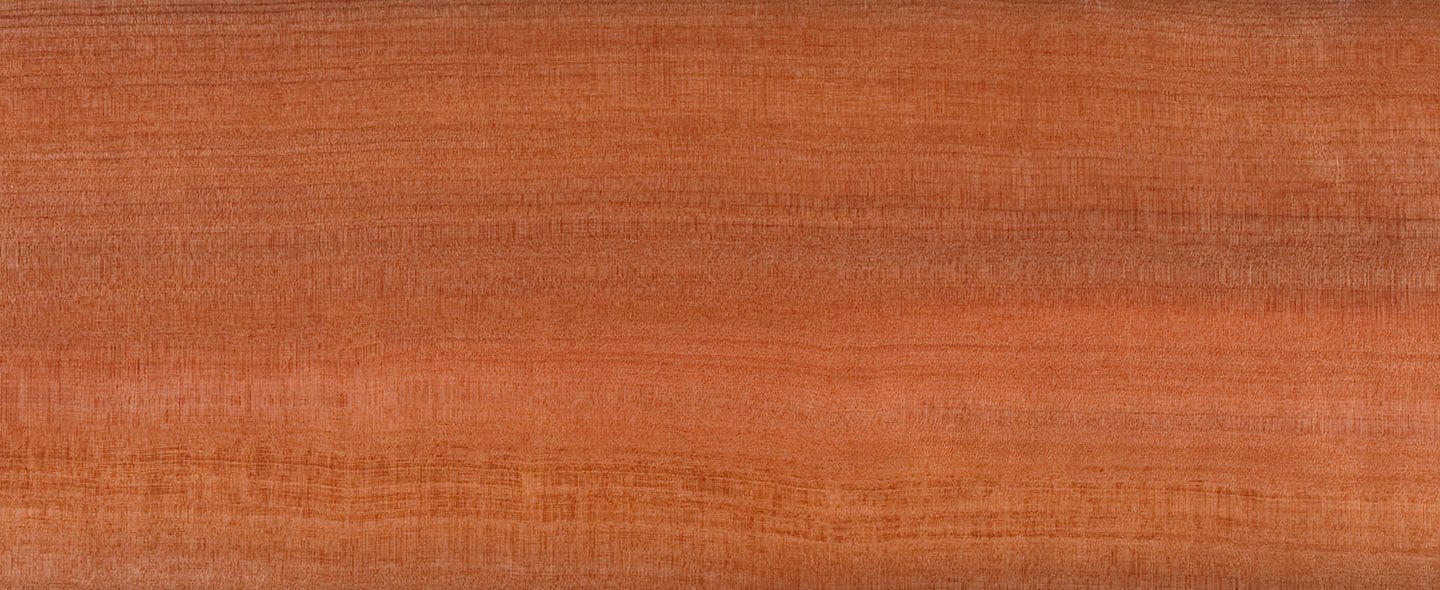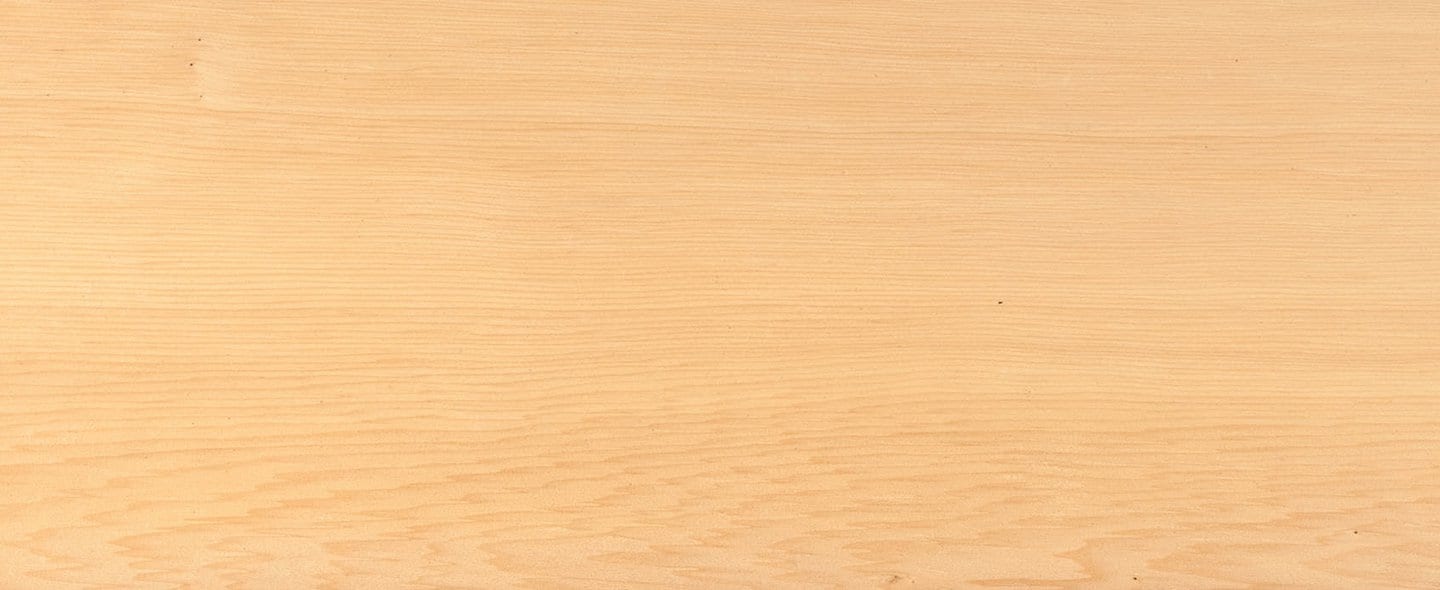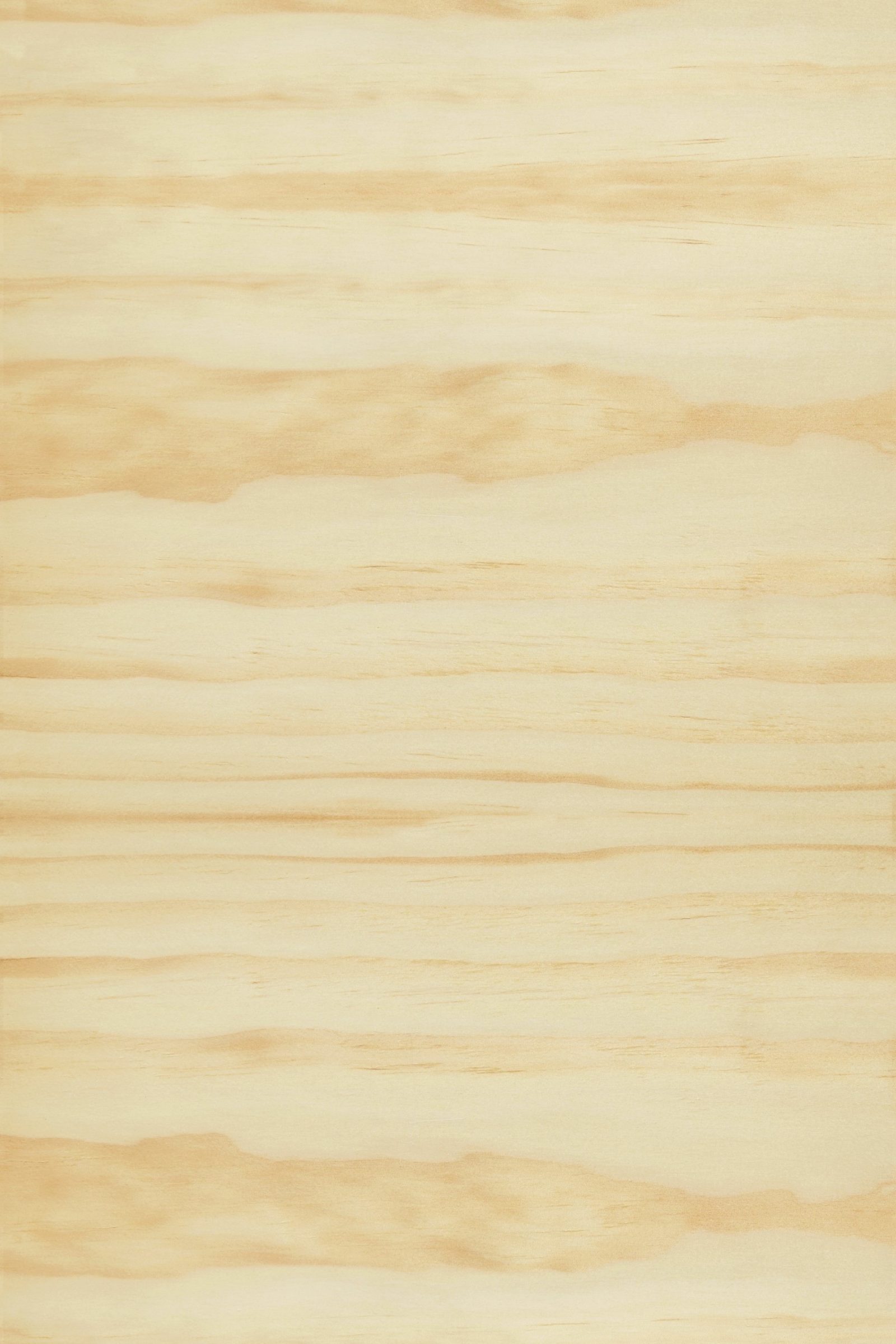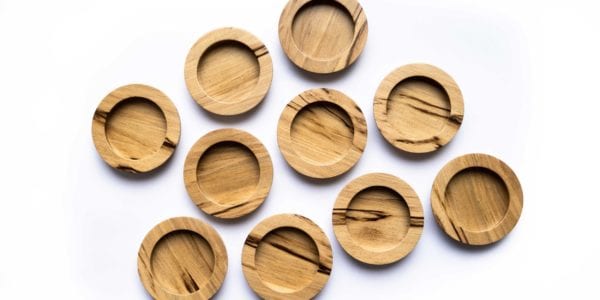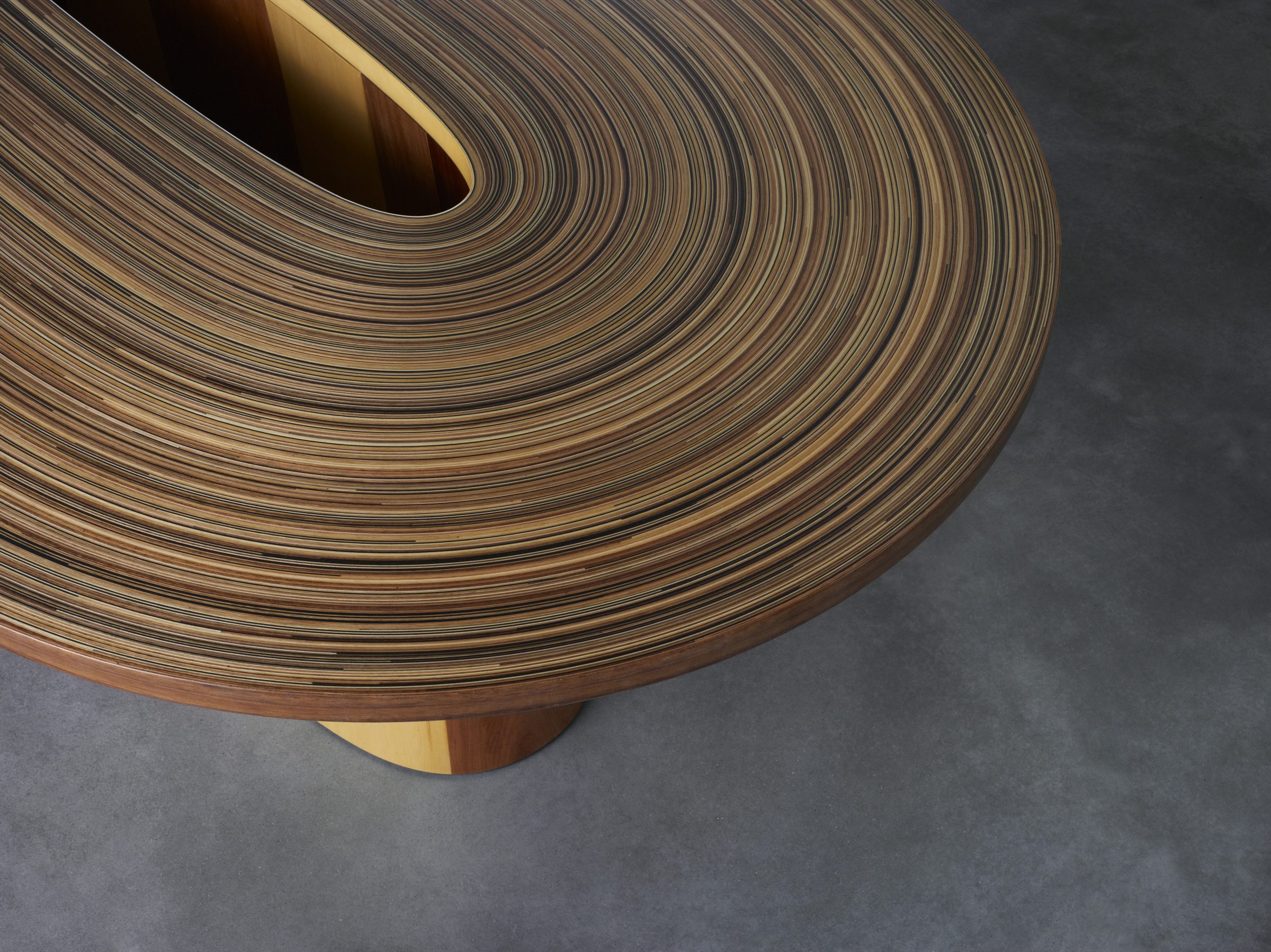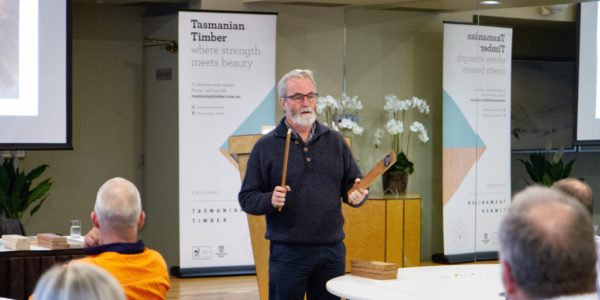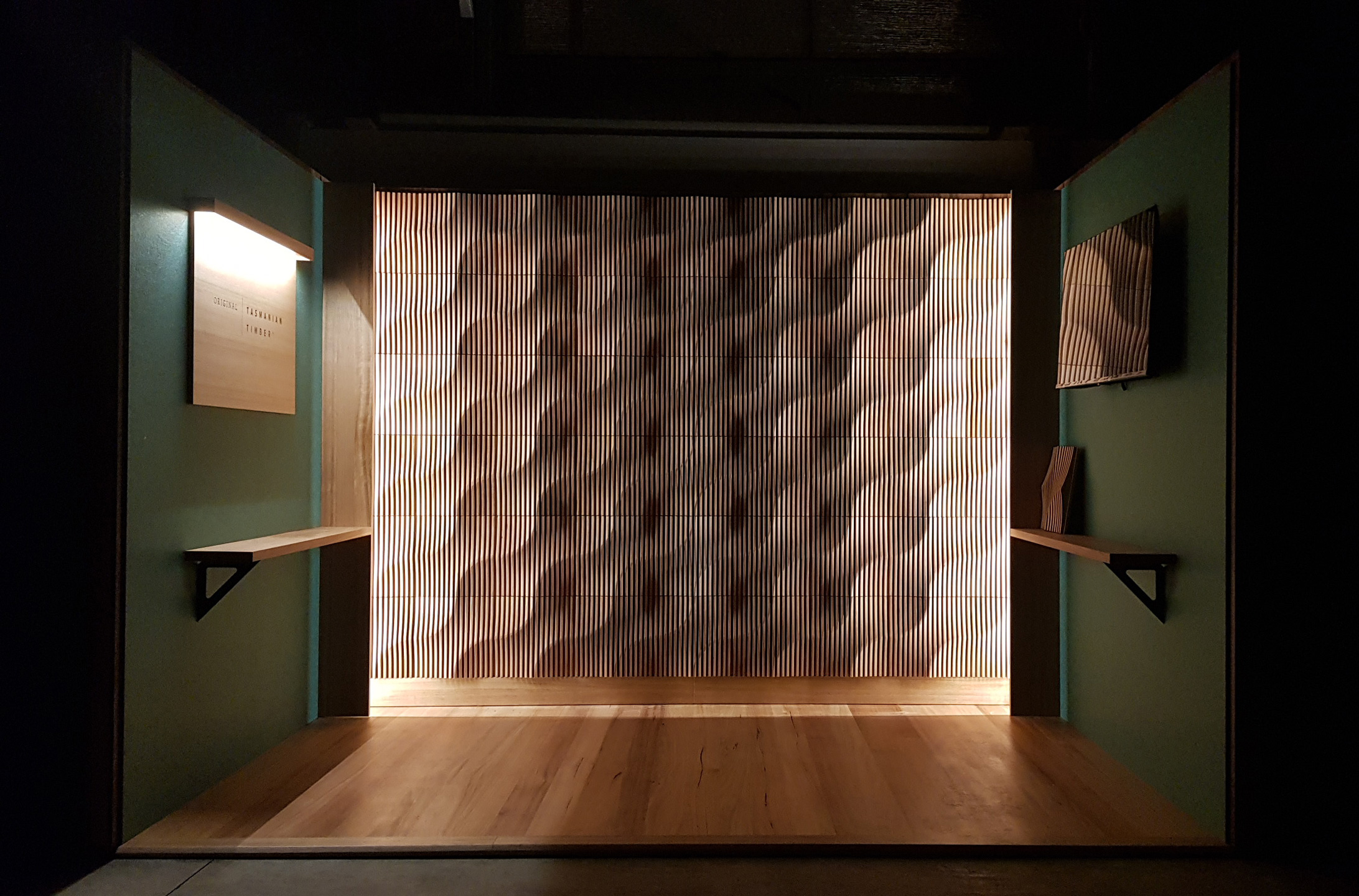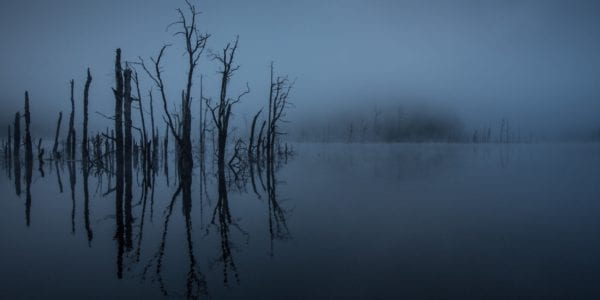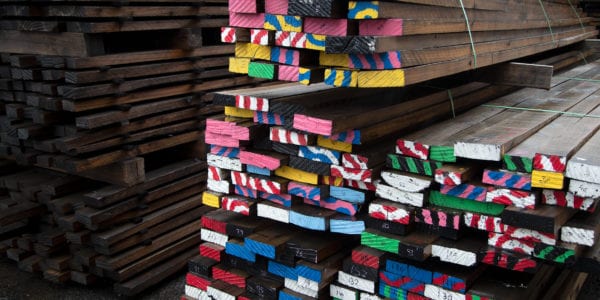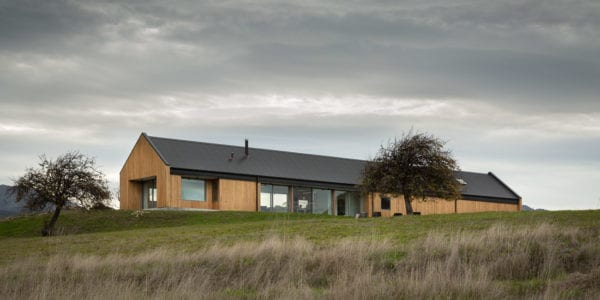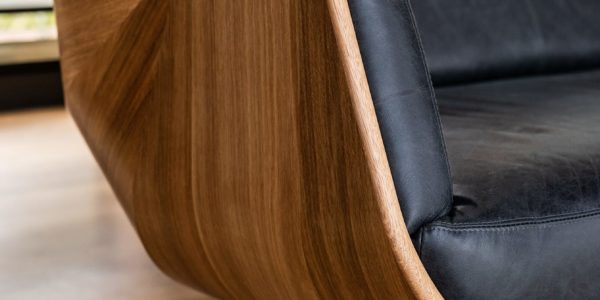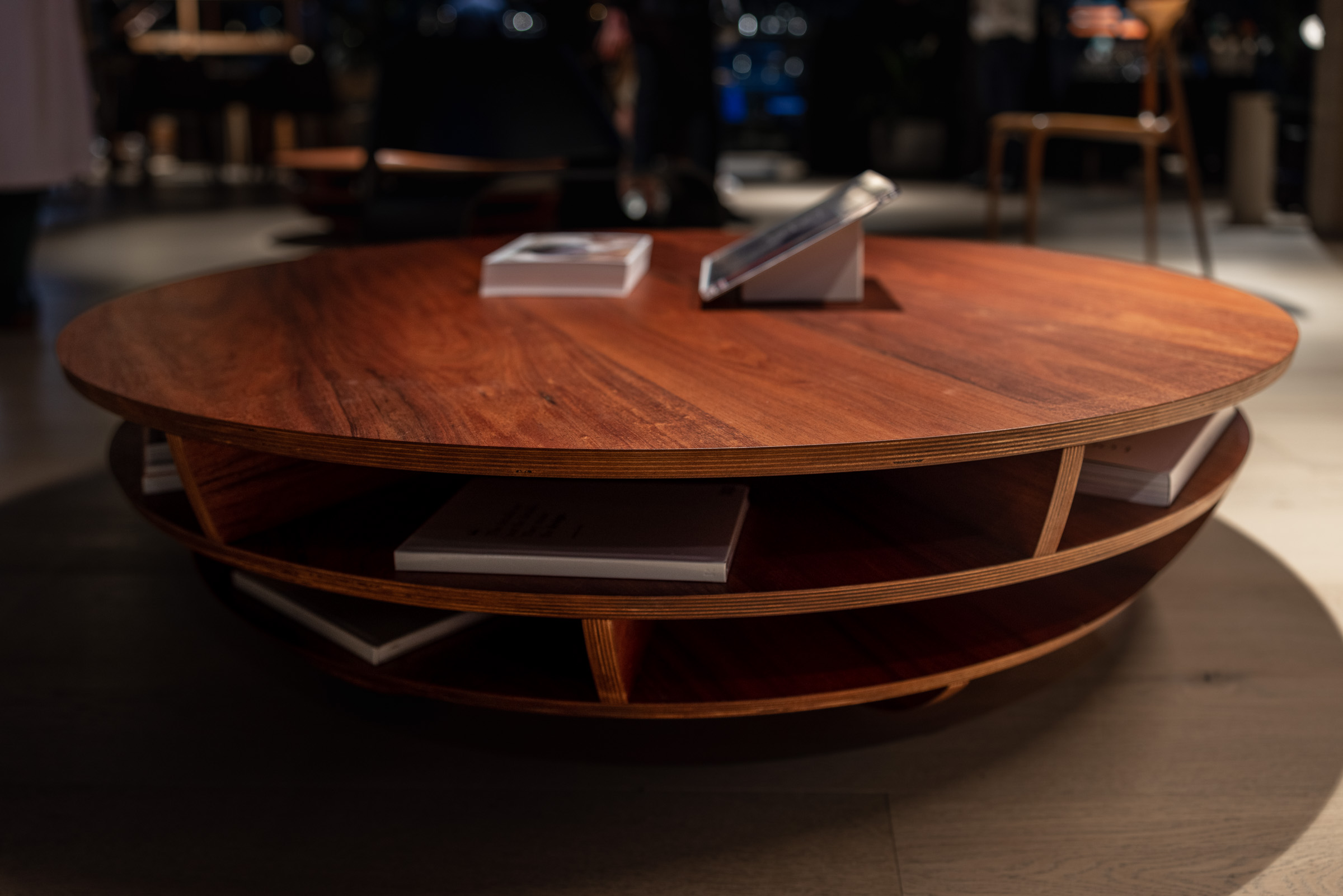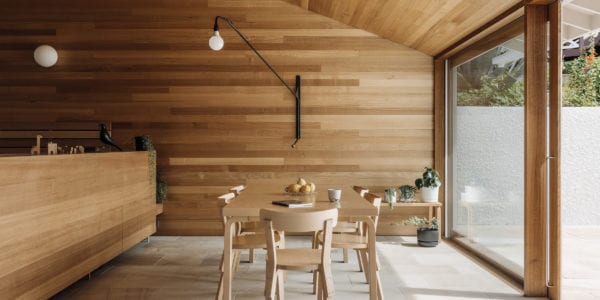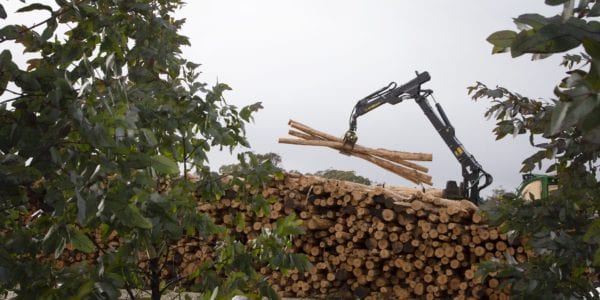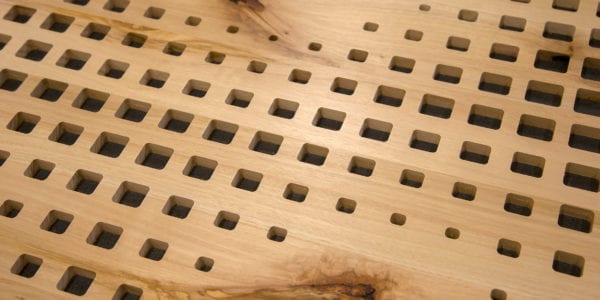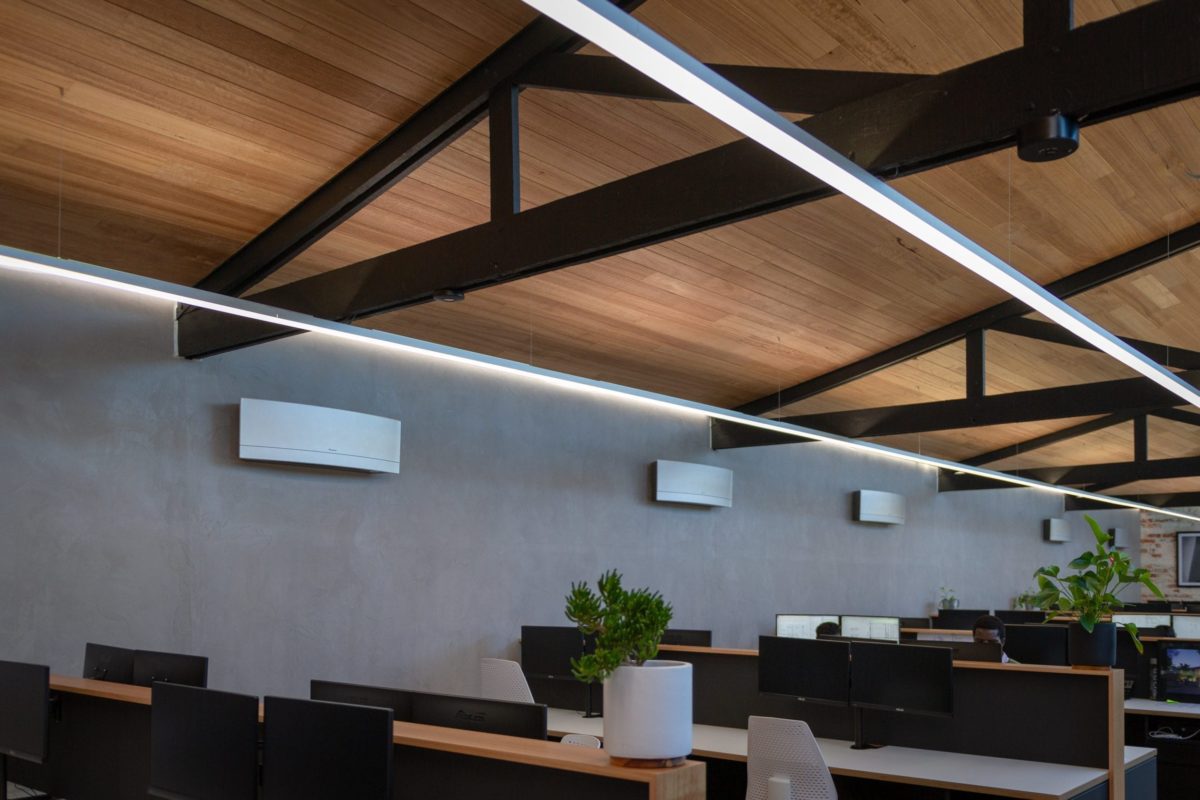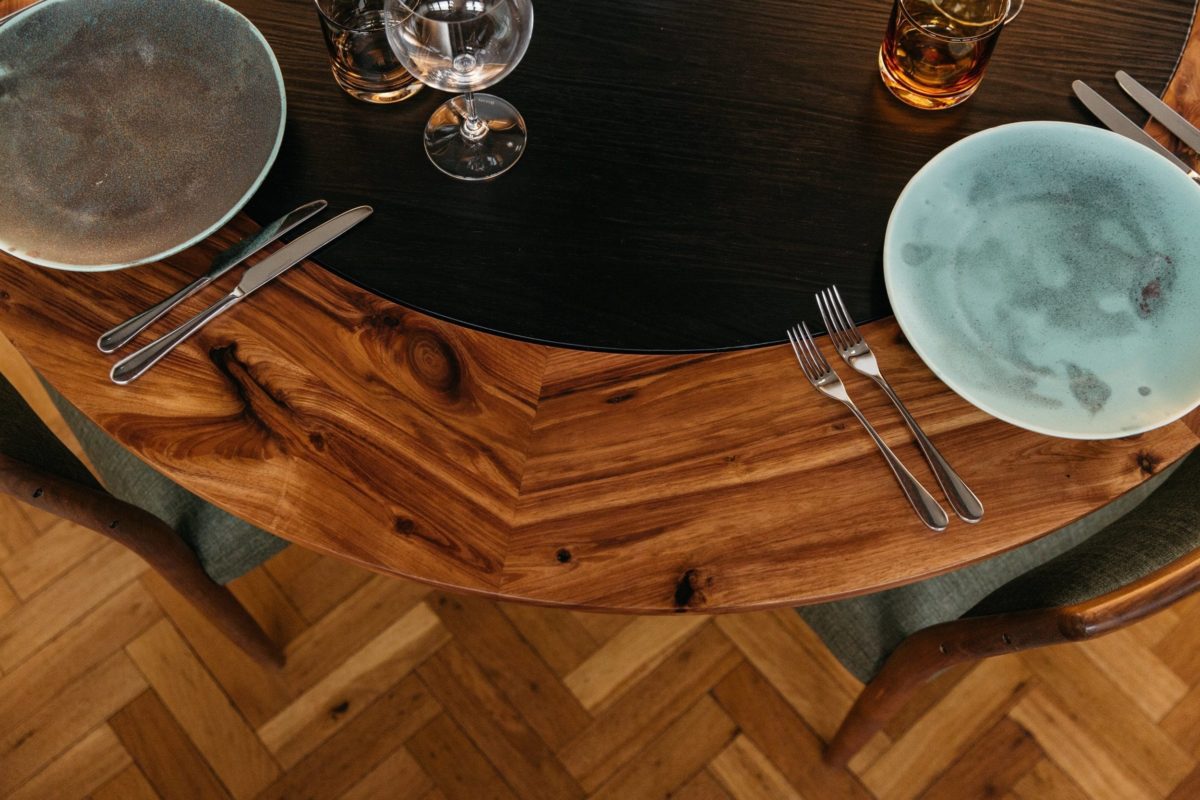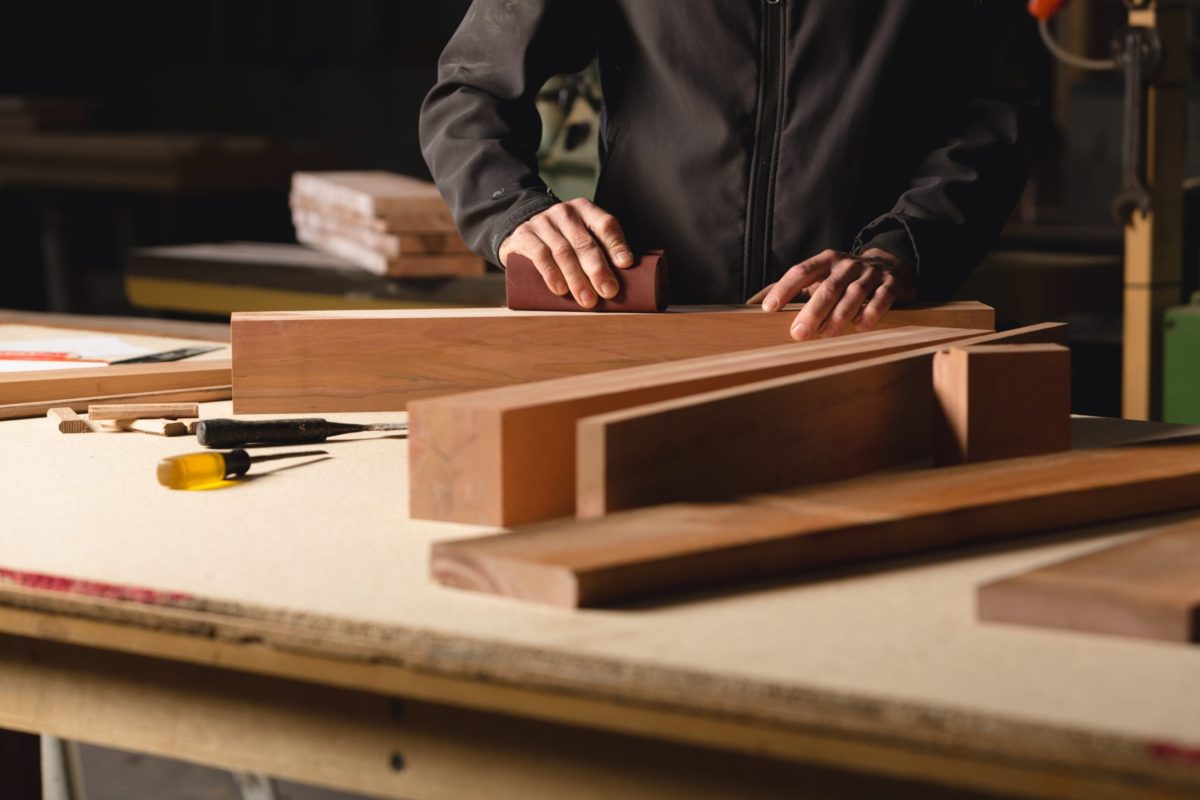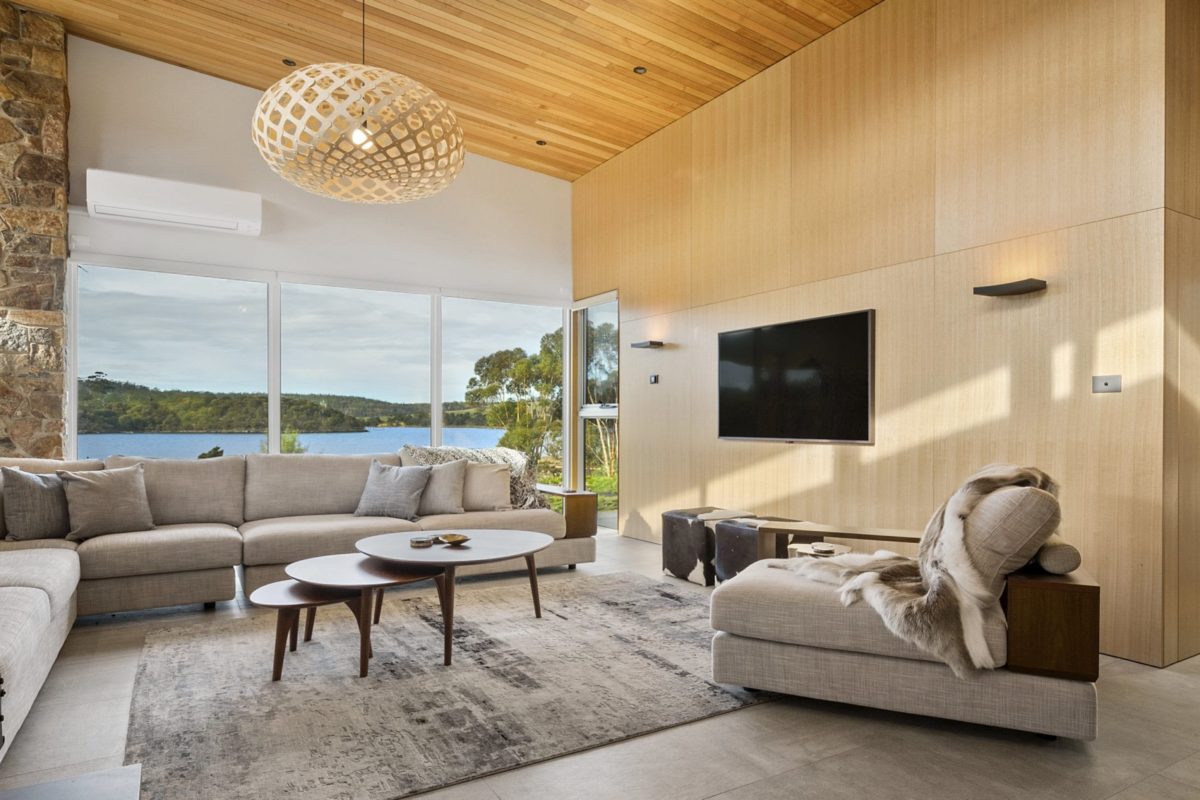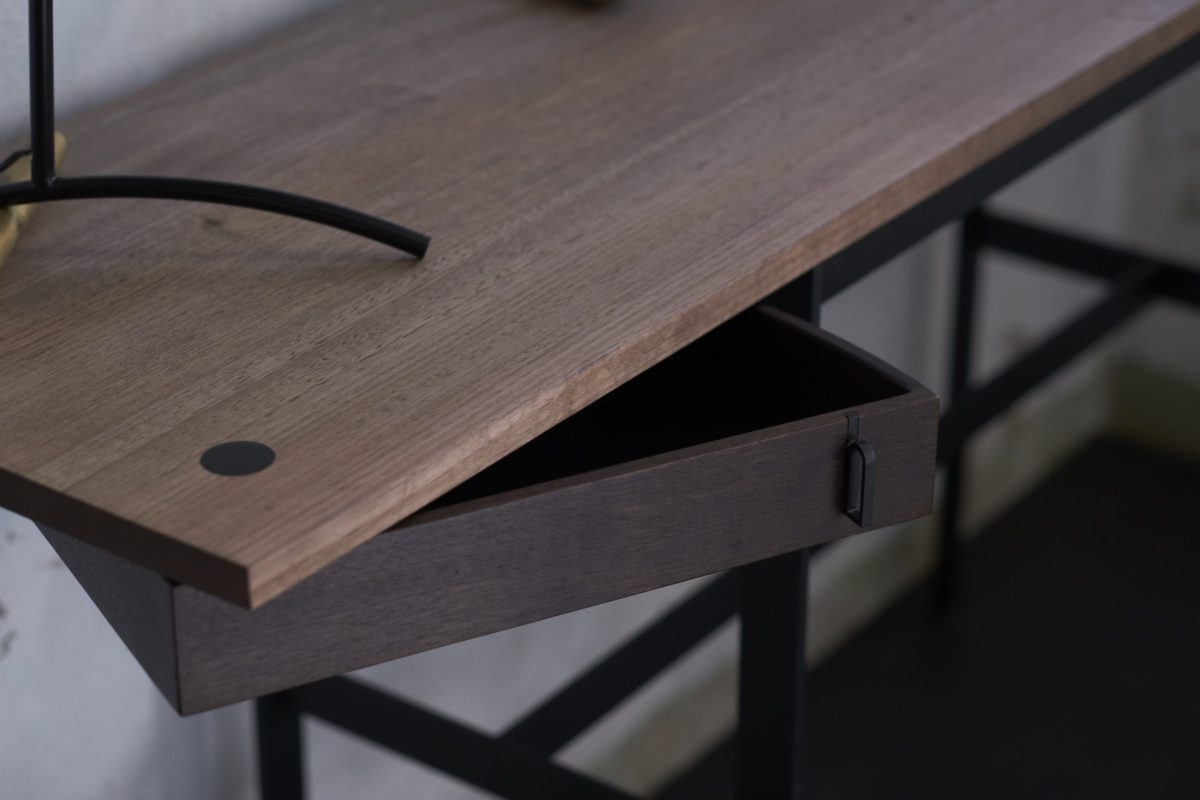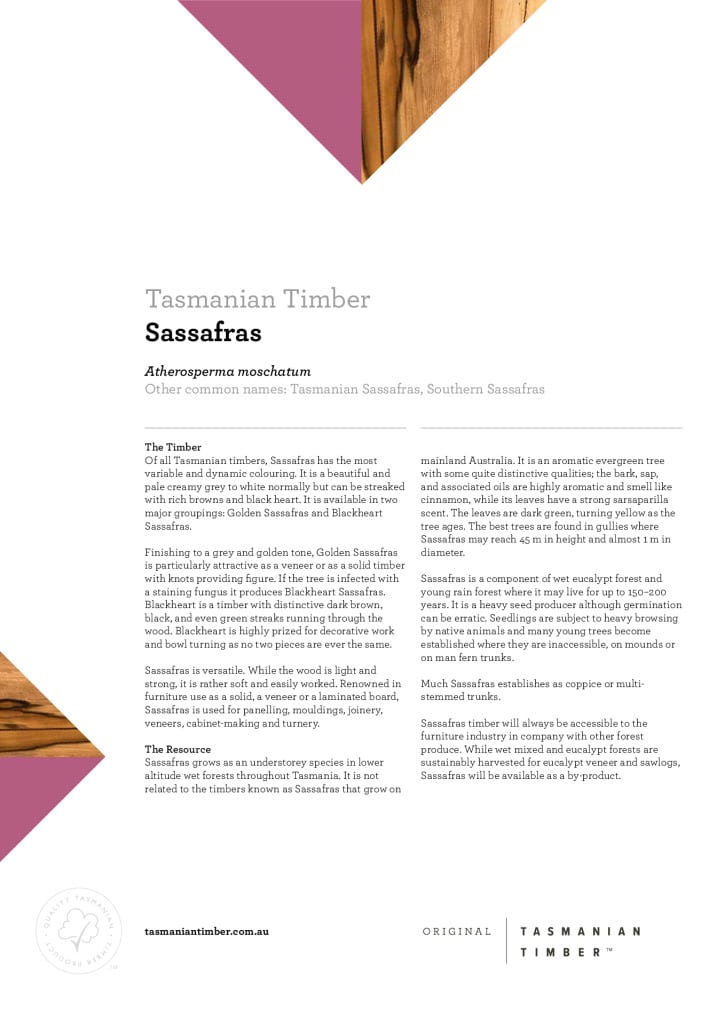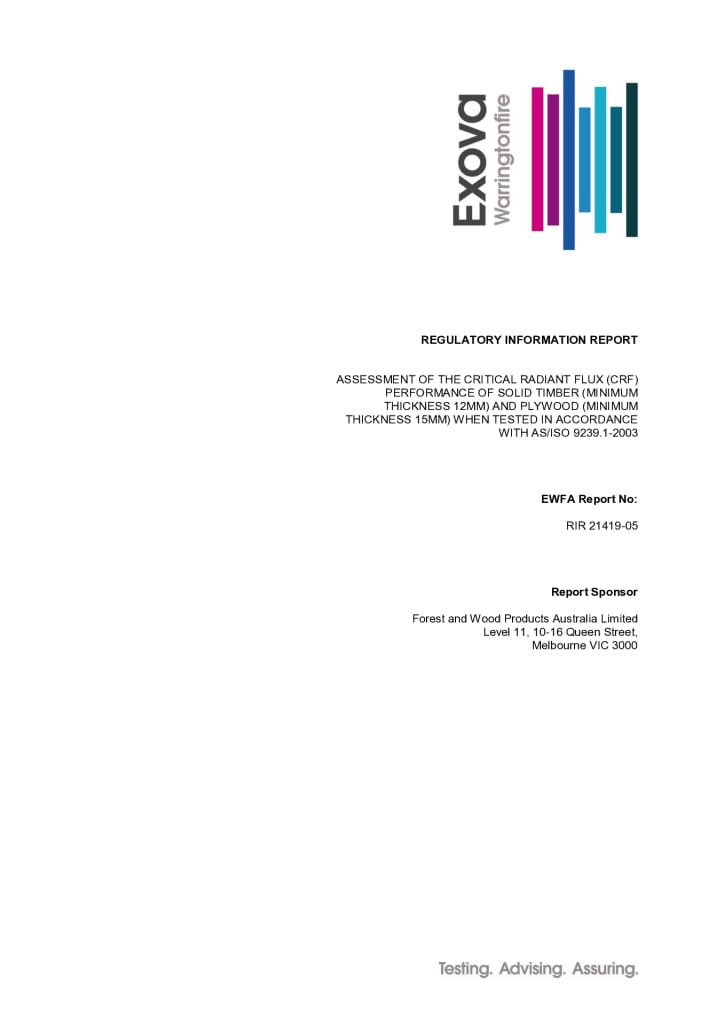Fire Notes
Species Specific Notes: Fire Properties Group Number is 3 if used on MDF or particleboard ≥ 12mm; veneer thickness 0.6-0.85mm.
Average Specific Extinction Area is determined by the volume of smoke measured over the mass loss of the tested sample per test carried out in accordance with ‘Cone Calorimeter Test’ AS/NZS 3837. It is measured in units of m2/kg.
Bushfire Attack Level (BAL): Naturally bushfire-resisting timbers are those with inherent bushfire-resisting properties. Some species have been tested and a number are in the process of being tested. Resistance is measured by BAL. BAL-12.5: Ember attack, BAL-19: Increasing levels of ember attack and burning debris ignited by windborne embers together with increasing heat flux between 12.5 and 19 kWm3, BAL-29: Increasing levels of ember attack and burning debris ignited by windborne embers together with increasing heat flux between 19 and 29 kWm3.
Critical Radiance Flux measures the radiant (heat) energy required to sustain burning. It is used in Australia to regulate floor coverings. The requirements are set out in BCA Specification C1.10a, providing CRF values for floor coverings based on Class of building, the location within the building (general use or use in fire isolated exits) and whether or not the building is sprinkler protected or not. CRF is measured in kW/m2.
Smoke Development Rate is the speed at which smoke increases as determined by testing flooring materials in accordance with AS ISO 9239.1. The rate is expressed in terms of percent/minutes. For buildings not protected with a sprinkler system, a maximum smoke development rate of 750 percent/minute applies.
EFH Ingnitibility is a measure of the tendency of a material to ignite measured on a scale of 0-19. An index of 0 indicates that the material did not ignite during the 19 minutes that the test takes. An index of 19 indicates that the material ignited in the first minute.
EFH Smoke-Developed Index is a measure of the concentration (measured by optical density) of smoke a material emits as it burns. It is based on an arbitrary scale of 0 to 10. The higher the index, the greater the hazard from smoke is likely to be.
EFH Spread-of-Flame Index is a material's propensity to burn rapidly and spread flames based on a scale of 0 to 10 where 0 means that the materials will not cause flames to reach the ceiling and 10 indicates that the material could be expected to cause flames to reach the ceiling of a room within 10 seconds of ignition.
Fire Properties Group Number: is rated from 1-4 - 1 (Non-Combustible), 2 (Reasonably Non-Combustible), 3 (Slightly Combustible), 4 (Combustible).
